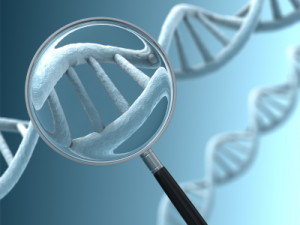Gene expression is the process by which information from a gene is used in the synthesis of a functional gene product. And these products are proteins. Genes encode proteins and proteins dictate cell function. Thousands of genes expressed in a particular cell determine what that cell can do. Moreover, at each step the flow of information from DNA to RNA to protein provides the cell with a potential control point for self-regulating its functions by adjusting the amount and type of proteins it manufactures. The process of gene expression is used by all known life, like eukaryotes, prokaryotes, and utilized by viruses – to generate the macromolecular machinery for life.
There are several steps in the gene expression mechanism, including the transcription, RNA processing, Non-coding RNA maturation, RNA export, Translation, Folding, Translocation, Protein transport.
Regulation of gene expression is known to control the amount and timing of appearance of the functional product of a gene. Control of expression allows a cell to produce the gene products it needs when it needs them; in turn, this gives cells the flexibility to adapt to a variable environment, damage to the cell, external signals, etc.
Measuring gene expression is an important part – the ability to quantify the level at which a particular gene is expressed within a cell, tissue or organism can provide a huge amount of information.
To live, cells must be able to respond to changes depending upon their environment. Regulation of the two main steps of protein production – transcription and translation – is critical to this adaptability. Cells can control which genes get transcribed and which transcripts get translated; further, they can biochemically process transcripts and proteins in order to affect their activity. Regulation of transcription and translation occurs in both prokaryotes and eukaryotes, but it is far more complex in eukaryotes.

